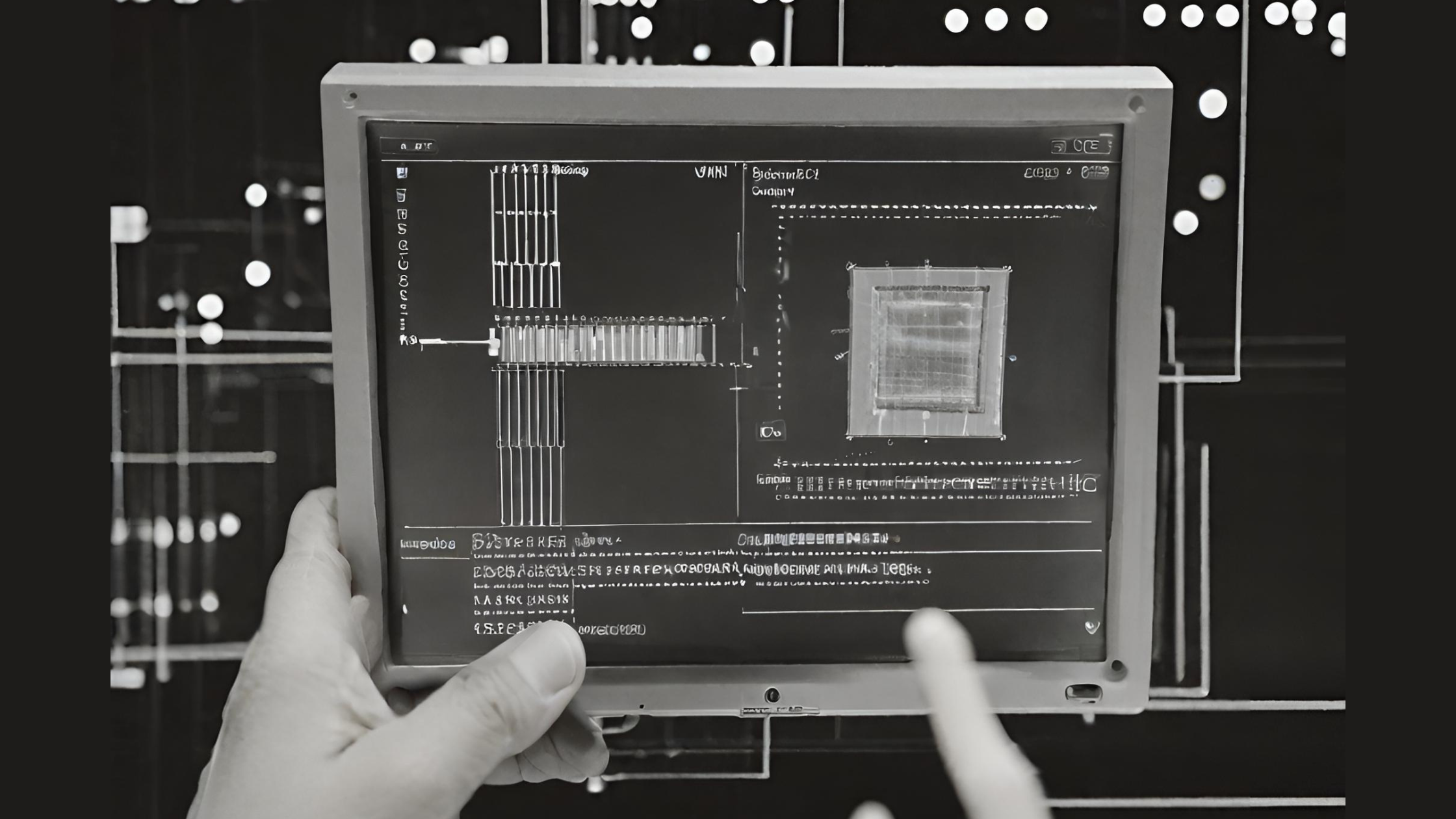The convergence of two transformative technologies, 5G and Artificial Intelligence (AI), is poised to revolutionize the way we connect, communicate, and interact with the world. As 5G networks roll out globally, the synergy in the concept of 5G AI is unlocking unprecedented opportunities across various industries. This article explores the intersection of 5G and AI, delving into the potential applications, challenges, and the profound impact they collectively bring to the forefront of the technological landscape.
Understanding 5G AI
1. 5G: The Next Generation of Connectivity
5G, or fifth-generation wireless technology, represents a leap forward in terms of network speed, capacity, and latency. Unlike its predecessors, 5G is not just an incremental improvement but a revolutionary shift in how data is transmitted. With speeds reaching up to 10 gigabits per second and latency as low as 1 millisecond, 5G enables near-instantaneous communication, paving the way for a multitude of applications that demand real-time responsiveness.
2. AI: The Intelligence Behind Automation
Artificial Intelligence, on the other hand, encompasses a wide range of technologies that enable machines to perform tasks that traditionally required human intelligence. Machine Learning (ML) and Deep Learning (DL) are subsets of AI that have gained prominence, allowing systems to learn from data and make intelligent decisions. AI is being integrated into various facets of our daily lives, from virtual assistants to autonomous vehicles and predictive analytics.
The Synergy Between 5G and AI
1. Enhanced Connectivity and Data Speeds
One of the most significant contributions of 5G to AI is the enhancement of connectivity. The higher data speeds and lower latency provided by 5G networks enable faster data exchange between devices and the cloud. This is particularly crucial for AI applications that rely on vast amounts of data, such as real-time analytics, video processing, and augmented reality (AR).
2. Edge Computing and AI
5G facilitates the proliferation of edge computing, bringing computation and data storage closer to the source of data generation. This is a game-changer for AI applications, as processing data closer to the edge reduces latency and enhances responsiveness. For example, in the context of autonomous vehicles, the combination of 5G and AI allows for split-second decision-making at the edge, improving safety and efficiency.
3. Internet of Things (IoT) Revolution
The marriage of 5G and AI is propelling the Internet of Things into a new era. With the massive connectivity provided by 5G, IoT devices can seamlessly communicate and share data in real-time. AI algorithms can then analyze this data to extract meaningful insights, enabling smarter and more responsive IoT applications across industries, from smart cities to industrial automation.
4. AI-Driven Network Optimization
5G networks themselves benefit from AI applications. AI algorithms can analyze network traffic patterns, predict congestion, and dynamically allocate resources to optimize network performance. This self-optimizing capability enhances the efficiency and reliability of 5G networks, ensuring a consistently high quality of service.
5. Immersive Experiences with Extended Reality (XR)
The combination of 5G and AI is a boon for immersive technologies like Virtual Reality (VR) and Augmented Reality (AR). The low latency of 5G ensures smooth and responsive interactions in XR environments, while AI contributes to the realism by dynamically adapting content based on user behavior and environmental factors.
Applications of 5G AI Across Industries
1. Healthcare Revolution
In the healthcare sector, the integration of 5G and AI is transforming patient care, diagnostics, and treatment. Remote patient monitoring, powered by 5G connectivity, allows healthcare providers to gather real-time data from wearable devices. AI algorithms can then analyze this data to detect anomalies, predict health issues, and provide personalized recommendations. Furthermore, the high bandwidth of 5G supports telemedicine applications, enabling doctors to perform remote surgeries with minimal latency.
2. Smart Cities for Sustainable Living
5G AI plays a pivotal role in the development of smart cities, enhancing urban living through intelligent infrastructure. Traffic management systems leverage 5G connectivity to gather real-time data from sensors and cameras. AI algorithms process this data to optimize traffic flow, reduce congestion, and enhance overall transportation efficiency. Additionally, smart grids use 5G-enabled AI to manage energy consumption, improve resource allocation, and promote sustainability.
3. Manufacturing and Industry 4.0
In the manufacturing sector, the collaboration between 5G and AI is driving the Industry 4.0 revolution. Connected factories utilize 5G for high-speed, low-latency communication between machines, enabling real-time monitoring and control. AI algorithms analyze production data to predict equipment failures, optimize maintenance schedules, and enhance overall efficiency. This synergy results in more agile and adaptive manufacturing processes.
4. Enhanced Entertainment and Gaming
5G AI is poised to redefine the entertainment and gaming industries. The high data speeds and low latency of 5G support immersive gaming experiences through cloud gaming platforms. AI algorithms enhance graphics rendering, predict player behavior, and personalize gaming content in real-time. This convergence creates a new era of interactive and dynamic entertainment experiences.
5. Agricultural Transformation
In agriculture, the integration of 5G and AI is driving precision farming. Connected sensors in the field collect data on soil conditions, weather patterns, and crop health. 5G facilitates the real-time transmission of this data to AI systems, which analyze it to optimize irrigation, fertilization, and pest control. The result is increased crop yields, reduced resource consumption, and more sustainable agricultural practices.
Challenges and Considerations of 5G AI
While the synergy between 5G and AI opens up unprecedented possibilities, it also brings forth certain challenges and considerations:
1. Security and Privacy Concerns
The increased connectivity and data exchange facilitated by 5G AI raise concerns about security and privacy. Protecting sensitive data and ensuring the security of AI algorithms becomes paramount, requiring robust encryption, authentication, and access control measures.
2. Regulatory Compliance
The deployment of 5G AI applications often involves navigating complex regulatory landscapes. Compliance with data protection regulations, industry standards, and ethical considerations is crucial to ensure responsible and lawful deployment.
3. Infrastructure Investment
The rollout of 5G networks requires substantial infrastructure investment. Ensuring widespread 5G coverage is essential for realizing the full potential of 5G AI applications. Governments, telecom providers, and businesses need to collaborate to address infrastructure challenges.
4. Integration Complexity
Integrating 5G and AI into existing systems can be complex. Organizations must carefully plan and execute integration strategies to ensure seamless interoperability, data flow, and optimal performance.
5. Skill Gap and Education
The deployment and management of 5G AI applications require a skilled workforce. Bridging the skill gap through education and training programs is crucial to unleash the full potential of these technologies.
Future Outlook on 5G AI – The Tech Futurist take
The synergy between 5G and AI is not merely a technological trend but a transformative force that will reshape industries and societies. As these technologies continue to evolve, new use cases and applications will emerge, unlocking untapped possibilities. The journey towards a more connected, intelligent, and responsive world is just beginning, and the collaboration between 5G




